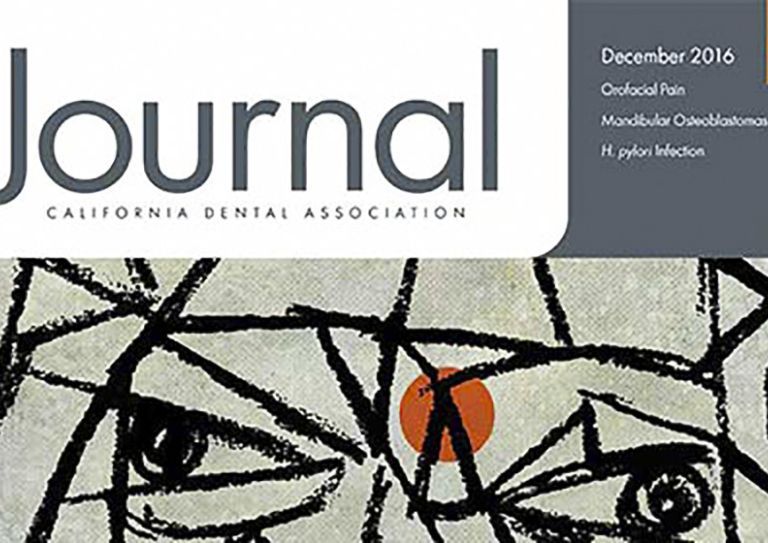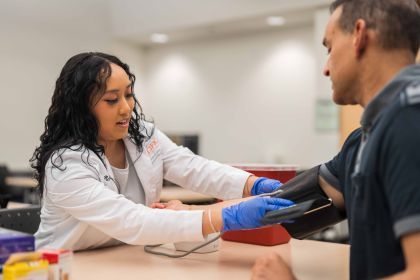Breadcrumb
Orofacial Pain Overview: Getting Rid of the Riddles
What is it?
Pain in the face and mouth is a common problem; according to a recent survey of U.S. households, about one in five people experience it at least a few times a year. More than half of those pains were dental, a quarter were TMJ related, and the remainder were facial pain, burning mouth or sores.
What problem does it aim to solve?
The goal is to help dentists diagnose pain more quickly and accurately so that they can provide lasting relief, while avoiding unnecessary treatment that will not address the root cause.
How does it work?
The authors categorized orofacial pain into seven main categories: dental; muscular; joint; headache; sinus; neuropathic; and psychogenic. Before recommending and performing dental procedures, the dentist must ascertain that the cause of pain is, in fact, dental. Neuropathic pain, in particular, can disguise itself as something else, but because the cause is a problem in the nervous system itself, dental treatment will not resolve the pain for long.
What are the real-world implications?
Dentists will hopefully be able to use the guidelines to help them pinpoint the causes of their patients' oral health pain and provide lasting relief.
What are the next steps?
Retrospective study (planning stages) investigating the relationship between repeated dental and surgical procedures, and the prognosis of neuropathic orofacial pain.
Source
"Orofacial Pain Overview: Getting Rid of the Riddles", Journal of the California Dental Association 44, 729–735 (2016)
Author
Andrew Young, DDS, MSD, Assistant Professor of Dental Practice, Adjunct Assistant Professor of Orthodontics, University of the Pacific, Arthur A. Dugoni School of Dentistry






